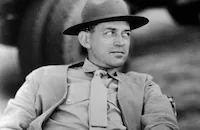I Married an Angel
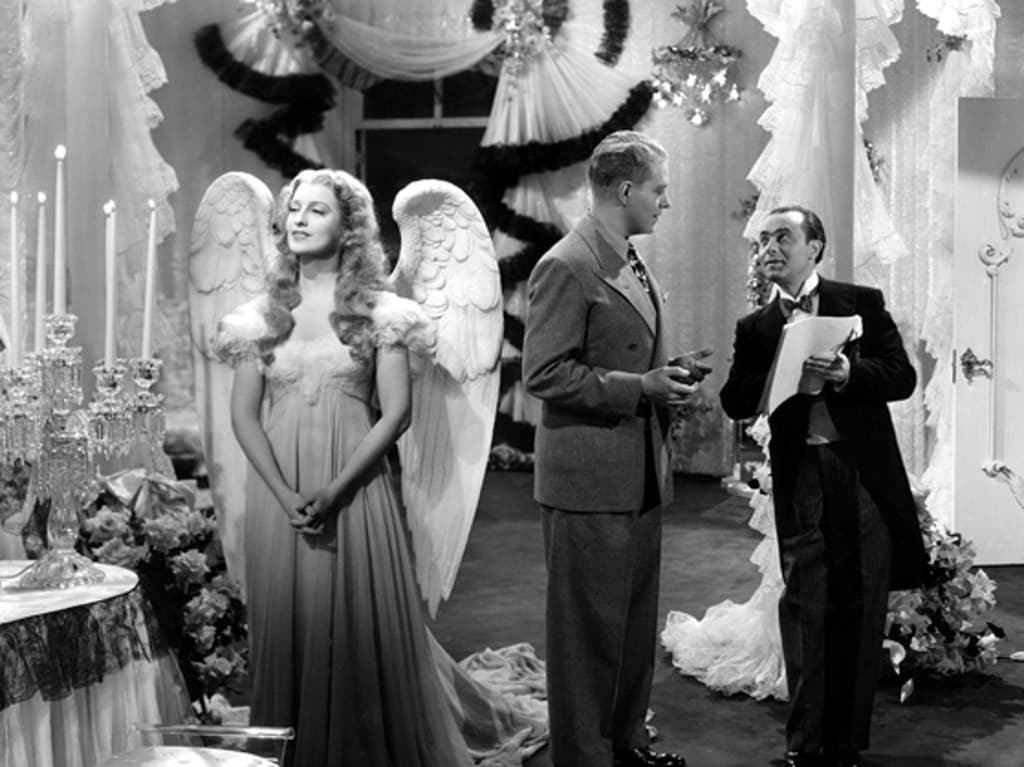
Brief Synopsis
Cast & Crew
Maj. W. S. Van Dyke Ii
Jeanette Macdonald
Nelson Eddy
Edward Everett Horton
Binnie Barnes
Reginald Owen
Film Details
Technical Specs

Synopsis
At Budapest's venerable Palaffi Bank, Count Willie Palaffi is warned by his advisor, Herman "Whiskers" Rothbart, that the institution's largest depositors are tired of Willie's playboy lifestyle and inattention to business, and may start a run on the bank. Marika Szabo, Willie's secretary and one of his many girl friends, tells Herman that Willie is throwing a big costume party for his birthday the following week, and Herman insists that Anna Zador, a winsome young typist in the bank, be invited. At Willie's lavish party, the glamorous guests laugh when Anna arrives in a cheaply constructed angel costume. After a brief dance with Anna, whom he had never noticed during her six years with the bank, Willie sneaks upstairs to his study. Herman scolds Willie for being unmarried and advises him to find a virtuous woman. When Herman leaves, Willie dozes on the couch and has a dream: A real angel, Brigitta, appears in the room and tells Willie she has come from heaven to marry him. Literally walking on air, Willie and Brigitta go to Paris and are married. At Willie's Paris home, Brigitta announces her intention to return to heaven for the night, but Willie's kiss changes her mind. In the morning, Brigitta awakens to discover that she has lost her wings. Willie takes her shopping, and Brigitta offends the couturiers by refusing to wear anything with feathers or fur, but when Willie explains that she is really an angel, they hasten to assemble a suitable wardrobe. They then attend a harp concert, where they are interrupted by Willie's colleague Peter, who says that the bank's stockholders were alarmed by his elopement and have ordered an investigation of his new bride. Willie calls Herman and instructs him to arrange a banquet in Budapest to introduce Brigitta to the important depositors, such as the wealthy Baron Szigethy. At the banquet, Willie presents Brigitta, accompanied by a retinue of his former girl friends, who now live with them. Unfortunately, the ingenuous Brigitta inadvertently insults the guests with her honesty, and the evening erupts into chaos when she changes the seating arrangements at dinner to reflect her guests's secret alliances. When Brigitta innocently allows the baron to kiss her, Willie strikes him, and the baron vengefully calls a board meeting for the following morning. Later that night, Willie upbraids Brigitta for her honesty and walks out, saying he never wants to hear anything but lies. Hurt by Willie's rejection but willing to do anything to save his bank, Brigitta turns to Willie's old friend Peggy, who advises her in the art of deceit. Later, at a nightclub, Brigitta shows up on the baron's arm, dressed in black and lying to all the people she insulted before with world-weary sophistication. Willie is shocked by his wife's transformation, but the baron says he has made Brigitta his business partner and assures Willie that his bank is safe. Willie's dream becomes increasingly surreal as he sees Brigitta before him, singing in a number of exotic locations. Just then, Willie awakens as Herman, Peggy and Peter enter the room. Inspired by his dream, Willie announces that he has fallen in love, and he returns to the party and promptly proposes to Anna.

Cast

Jeanette Macdonald

Nelson Eddy

Edward Everett Horton

Binnie Barnes

Reginald Owen

Douglass Dumbrille

Mona Maris

Janis Carter
Inez Cooper

Leonid Kinskey

Anne Jeffreys
Marion Rosamond
Marek Windheim
Georges Renavent
Max Willenz
Francine Bordeaux
Mildred Shay
Lisl Valetti
Odette Myrtil
Tyler Brooke
Jacques Vanaire
Luis Alberni

Micheline Cheirel

Rafaela Ottiano
Margaret Moffat
Vaughan Glaser
Gino Corrado
Sid D'albrook
Mitchell Lewis

Sig Arno
Harry Worth
James B. Carson
Jacqueline Dalya
George Humbert
Ben Hall
Ferdinand Munier
George Davis
Jack Vlaskin

Veda Ann Borg
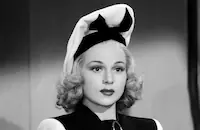
Carol Hughes

Ludwig Stossel
Robert Greig
Maxine Leslie
Lillian Eggers
Fredrik Vogeding

Charles Judels
Anthony Blair
Joel Friedkin
James Mcnamara
Earle S. Dewey
Bert Roach

Maude Eburne
Suzanne Kaaren
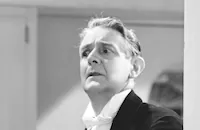
Leonard Carey
Guy Bellis
Esther Dale
Grace Hayle
Gertrude W. Hoffman
Florence Auer
Walter Soderling
Dick Elliott
Oliver B. Prickett
Almira Sessions
Lon Poff
Charles Brabin
Otto Hoffman
Beryl Wallace
Anita Bolster
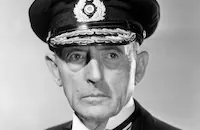
Frank Reicher
Rafael Storm

Cecil Cunningham
Jack "tiny" Lipson
Alphonse Martell
Arthur Dulac
Harry Horwitz
Sam Savitsky
Evelyn Atchinson
Charles Bancroft
Muriel Barr
Edwina Coolidge
Ruth Alder
Leda Nicova
Vivian Dubois
Betty Hayward
George Ford
Guy Gabriel
Dorothy Haas
Aileen Haley
Joe Hartman
John Marlowe
Paul Power
Robert Spencer
Burgren Sisters' Quartet
Elinor Davenport
Pamela Randall
Virginia Rees
Betty Rome
Marjorie Briggs
Betty Noyes
Dorothy Compton
Sally Mueller
Georgia Stark
Clarence Badger Jr.
Austin Grout
Margot Morgan
Robert Bradford
Gene Ramey
Patti Brilhante
Muriel Goodspeed
Marshall Sohl
Winifred Harris
Maude Allen
Eva Dennison
Crew
Eva Dell Acqua
Jules Barbier
Georges Bizet
Michel Carré
Jack Dawn
John S. Detlie
Chet Forrest
Cedric Gibbons
Arnold Gillespie
Charles François Gounod
Sydney Guilaroff
Ludovic Halévy
Lorenz Hart
Ray June
Kalloch
Fritz Kreisler
Jeni Legon
Liliuokalani
Anita Loos
Harold Marzorati
Thora Mathiason
Ernst Matray
Henri Meilhac
Motley
Motley
Conrad A. Nervig
Warren Newcombe
Richard Rodgers
Douglas Shearer
Leonard Smith
Herbert Stothart
Herbert Stothart
Hunt Stromberg
Marvin Stuart
Edwin B. Willis
Bob Wright

Film Details
Technical Specs

Articles
I Married an Angel
Songwriters Richard Rodgers and Lorenz Hart first worked on the script, with playwright Moss Hart, in 1933. Even then, the story was hardly new. It was an adaptation of a Hungarian play by Vassary Janos that had been a success in Europe. From the start, they envisioned it as a vehicle for Jeanette MacDonald, who had just triumphed on-screen as the star of their Love Me Tonight (1932). They pitched the project to MGM, where MacDonald had just signed a long-term contract, but were turned down by studio head Louis B. Mayer. Not only did he dislike the story's fantasy element (a devil-may-care banker saves his family business by marrying the only woman good enough for him, an angel), but the censorship problems in a story about an angel giving up her wings to wed and bed a mortal seemed insurmountable.
Not ready to give up on the project, Rodgers and Hart finally got the story packaged for Broadway, where it scored a big hit in 1938. Singing stars Dennis King and Vivienne Segal headlined the cast, with prima ballerina Vera Zorina in a non-singing role as the angel. Helping greatly was a stylish production from director Joshua Logan and legendary choreographer George Balanchine. With a Broadway success and several songs, including the title number and "Spring Is Here," climbing the charts, Mayer decided that maybe it could work as a film after all.
MGM picked up the rights in 1938, planned to star MacDonald, then spent four years re-writing the script to get it past the Production Code Administration, Hollywood's self-censorship board. Even making the marriage to the angel a dream didn't seem to be enough. After the film had gone into production, they had to cut scenes suggesting that the angel had actually borne children by her lawfully wedded husband. Nonetheless, with the scripting problems finally solved, they put the film into production with Nelson Eddy, who had already teamed with MacDonald in seven other films.
But though Eddy and MacDonald still had a devoted following, it had decreased over the years. Their previous two films -- Bitter Sweet (1940), from Noel Coward's operetta, and New Moon (also 1940), with music by Sigmund Romberg -- had suffered from diminishing box office returns. Moreover, Eddy was really more at home with light classics and seemed lost in I Married an Angel's comic plot and more contemporary musical style. Nor did it help that the studio assigned the project to W.S. Van Dyke, a director more noted for working quickly than any discernible style.
The script that had already been compromised by the censors became even more truncated as numbers were cut and sequences re-thought. After MacDonald tested for early scenes as Eddy's secretary in dowdy costumes and make-up, she inexplicably filmed the scenes with a more glamorous appearance that fit neither her character nor the plot. And as Hollywood frequently did with Broadway musicals, they not only cleaned up the score for I Married an Angel, but added other numbers, including a few opera excerpts for the singing team's fans. Since Rodgers and Hart had other commitments at the time, two other songwriters, Bob Wright and Chet Forrest, were assigned to the adaptation. They were so appalled at being forced to desecrate the score, they quit MGM and fled to Broadway, where they scored solid hits turning the music of classical composers Edward Grieg and Alexandr Borodin into the scores of Song of Norway and Kismet, respectively. Needless to say, I Married an Angel was trounced by the critics and ignored by fans. MacDonald and Eddy would only re-team for some radio appearances and an album of their greatest hits, made in the '60s.
Yet for all its reputation as a disaster, I Married an Angel has its strengths. Eddy may be outmatched by the score, but MacDonald is at her best trilling through the bowdlerized version of "A Twinkle in Your Eye" and duetting with Eddy on "Spring Is Here." As Eddy's ex-mistress (his sister in the play; one case in which Hollywood made the original naughtier), Binnie Barnes steals just about every scene she's in. And her jitterbug with MacDonald after telling the angel how to win a man on Earth is still the film's highlight.
Producer: Hunt Stromberg
Director: W.S. Van Dyke
Screenplay: Anita Loos
Based on the Musical by Richard Rodgers and Lorenz Hart and the Play by Vassary Janos
Cinematography: Ray June
Art Direction: Cedric Gibbons
Music: Herbert Stothart
Cast: Jeanette MacDonald (Anna Zador/Brigitta), Nelson Eddy (Count Willie Pilaffi), Edward Everett Horton (Peter), Binnie Barnes (Peggy Canery), Reginald Owen (Whiskers Rosbart), Douglass Dumbrille (Baron Szigethy), Mona Maris (Marika), Janis Carter (Sufi Sampo), Leonid Kinskey (Professor Zinski), Anne Jeffreys (Polly).
BW-85m. Closed captioning.
by Frank Miller

I Married an Angel
Quotes
Trivia
Originally planned as a vehicle for Jeanette MacDonald 10 years earlier, but the somewhat racy content put the musical on hold at MGM, until it was a hit on Broadway in 1938.
Notes
Richard Rodgers and Lorenz Hart adapted Vaszary Janos' play for the screen in 1932, and according to a Hollywood Reporter news item, M-G-M beat Paramount in a bidding war for the rights. According to information in the file on the film in the MPAA/PCA Collection at the AMPAS Library, however, the screenplay was emphatically rejected by the Hays Office, which considered the story of a man who marries an angel "blasphemous and sacrilegious." Rodgers and Hart then adapted I Married an Angel as a stage musical, and after the show's successful Broadway opening in 1938, M-G-M again acquired the rights and assigned Bob Wright and Chet Forrest to rework Hart's lyrics. The musical number "Little Workaday World" was cut from the released film.
September and October 1941 news items in Hollywood Reporter announced that George Cukor would direct the film, and that Marie Wilson had been cast in a leading role. Hollywood Reporter news items include Max Lucke, Roland Varno, Frances Carson, Bess Flowers and character actress Doris Day (not the more famous actress-singer of the same name) in the cast, but their appearance in the final film has not been confirmed. Director Roy Del Ruth was replaced by W. S. Van Dyke on November 4, 1941, several weeks into production. Janis Carter was borrowed from Twentieth Century-Fox for the production. According to a Hollywood Reporter news item, portions of the film were shot on location in Sherwood Forest, CA. The film was re-edited after trade screenings in March 1942. I Married an Angel was producer Hunt Stromberg's last film at M-G-M; he launched his career as an independent producer with the 1943 film Lady of Burlesque (see below). This also was the last film that Jeanette MacDonald and Nelson Eddy made together.



